Heat resistant ceramic tiles are one of the best choices for the interior of the house and they can be used for different parts such as stair, wall, and floor. Often the centerpiece of a living room, a fireplace is a home feature that creates an atmosphere and adds character to your home.
Adding tiles is a great option for enhancing the beauty and functionality of your fireplace. But it’s important to know the do’s and don’ts to ensure the long-term success of your project.
read more: wholesale ceramic tile flooring
Fireplaces and wood-burning stoves are the beautiful centerpieces of any room. If you’re lucky enough to have one in your home, you might be wondering how to decorate it to suit your style.
- Use tiles to control the heat
- Keep a minimum distance of 150 mm / 6 inches from the side of the burner
- When choosing ceramics and tiles for your fireplace, choose tiles.
Often people will tend to use firebricks around their burners as they absorb heat very well without transferring it to adjacent areas. Tiles work very similarly due to their density and the way they are made.
Although the tiles are heat resistant, it is best to ensure that the direct thermal contact the tiles receive is not too high. So it’s best to keep a small pad to keep the tiles fresh.
It’s one thing to make sure your tiles can withstand the heat; you also have to make sure they don’t come loose because of the adhesive you’re using. Fortunately, there are tile adhesives specifically designed for warmer scenes – we recommend this tile adhesive.
Going a little further, where you place your tiles will also vary. If your fireplace wall is in poor condition, you can always use a heat-resistant board to give you a stable tiling surface. To give you some inspiration, here are our favorite stove and fireplace decorating tips.
- Use rustic, textured tiles for a rustic feel
Wood stoves tend to instantly bring a wholesome cabin vibe to any room. This can sometimes be a little tricky if the rest of your room is very modern.
This look boldly highlights the front and center of the wood stove while framing it in a rustic style. We love the combination of the gray slate slab base, which contrasts with the rustic texture of the split slabs on the walls. A matching rug complements the stove and draws even more attention to the center of the room.
- Wooden beams are an alcove’s best friend
Another amazing way to add rustic charm to any room is to add wooden beams to the top of the fireplace as a mantel. The farmhouse look created by the wooden beams helps modern decor blend into the burner while helping to further accentuate the traditional look.
- Display your firewood loud and clear
You need a steady supply of firewood to keep your wood stove roaring. Why not upgrade your old bookshelf and keep it nearby not only to add to the overall charm of the burner but also to conserve extra fuel when needed.
Heat-resistant tiles, including stone, porcelain, ceramic, and brick, can be used in or around fireplaces. But stickers, plastic, or vinyl tiles should not be used due to their potential flammability. You should not lay tiles inside a fireplace (also known as a firebox) as they will be exposed to extreme temperatures.
Read on to find out which tiles are the best choices for your fireplace. In addition to knowing what types of tiles can be used for a fireplace, it’s also important to know where the tiles are actually placed. Even with heat-resistant materials such as ceramic and porcelain, some areas of the fireplace are still not suitable for tile.
Traditionally, all fireplaces consist of three separate parts. These are the chimney, the hearth, and the surroundings. Tiles cannot be placed in a firebox – which is the part of the fireplace that catches fire – as they are not suitable for areas over 80 degrees Celsius.
On the other hand, the fireplace and its surroundings are where the tiles work well. The hearth refers to the part of the hearth that exists below and in front of the combustion chamber. These areas require materials (such as tiles) to protect your floors from the heat and ashes released by the fire.
The environment is also a good place to place the tiles, as it is far enough away from the actual fire to reduce the temperature to a level suitable for the tiles.
These two areas of the fireplace can use tile as a heat resistant material to give your home a great look. There are tons of styles and types of tiles available. It doesn’t matter what see you need to attain.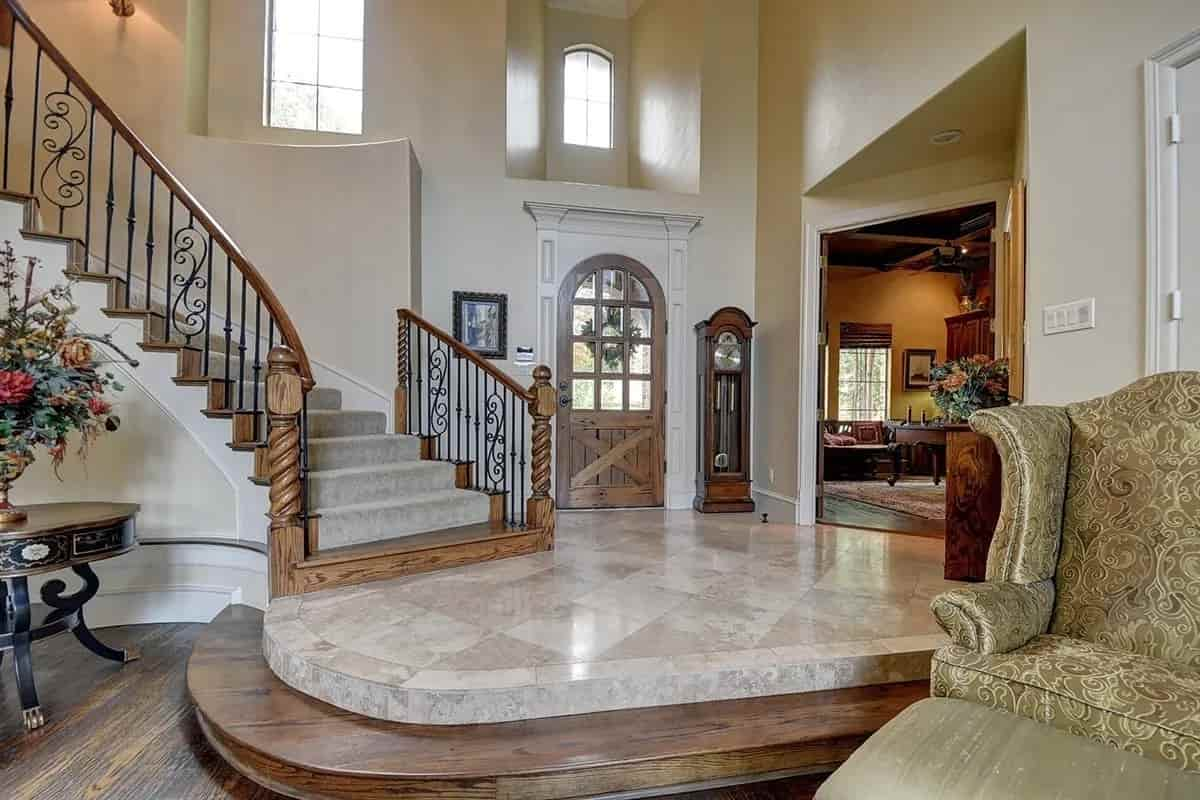
In fact, some tiles are better for fireplaces than others. It depends on what they are made of. Some popular tile materials are ceramic, porcelain, stone, brick, metal, glass, vinyl, and even self-adhesive tile!
When it comes to tile, the best options for fireplaces are those that are heat resistant and add beauty to your home without causing safety issues.
A good tip for identifying high-quality materials is to look for tiles designed for use in backsplashes. These places are often located near high temperature areas – such as stoves – which means they are built with this feature in mind.
Even knowing that you need a heat-resistant tile to work well with your fireplace, the pros and cons of different materials can influence the material you ultimately decide to use. Here’s more information on specific tile materials and what they can offer if added to your fireplace.
Hard rock tiles (e.g. quartz, granite)
Hard rocks such as quartz and granite have a reputation for being easy to maintain, durable, and heat resistant. Therefore, it is often used in fireplaces. Plus, hard rock offers other benefits, like the ease of cleaning, making it a good all-around option.
Soft stone tiles (e.g. marble, limestone)
Soft stones such as marble and limestone are a good choice if you’re looking for a natural, earthy aesthetic. Neutral shades complement almost any color palette, which is another plus. Many people who choose stone brick for their fireplace often do so to replace the brick stove that traditionally surrounds the fireplace.

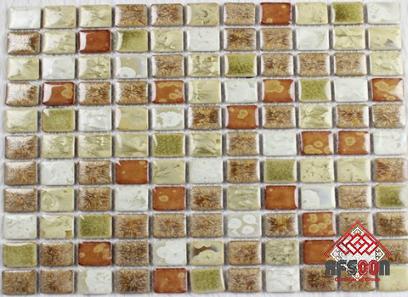

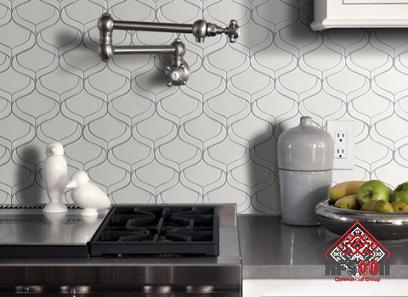
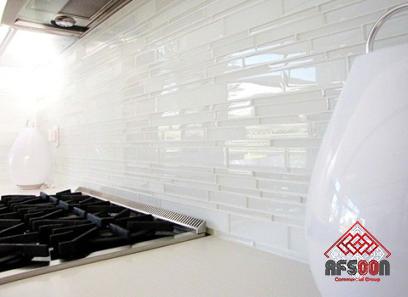
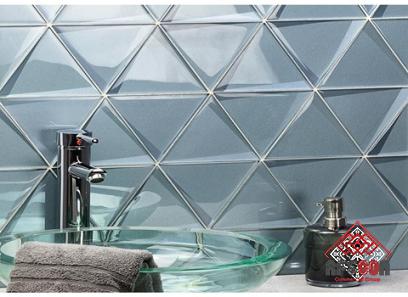
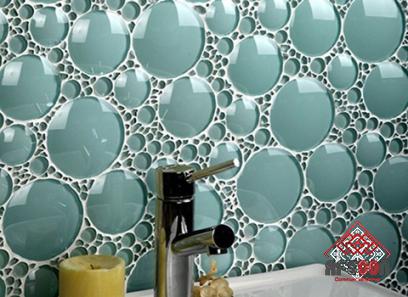

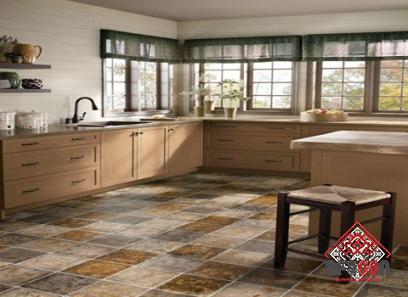
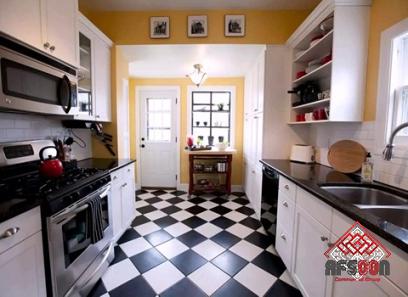
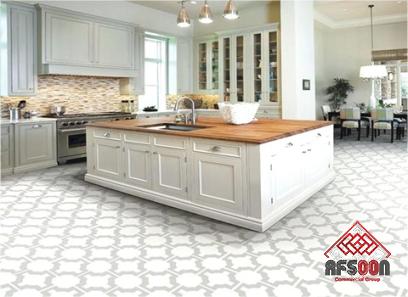
Your comment submitted.